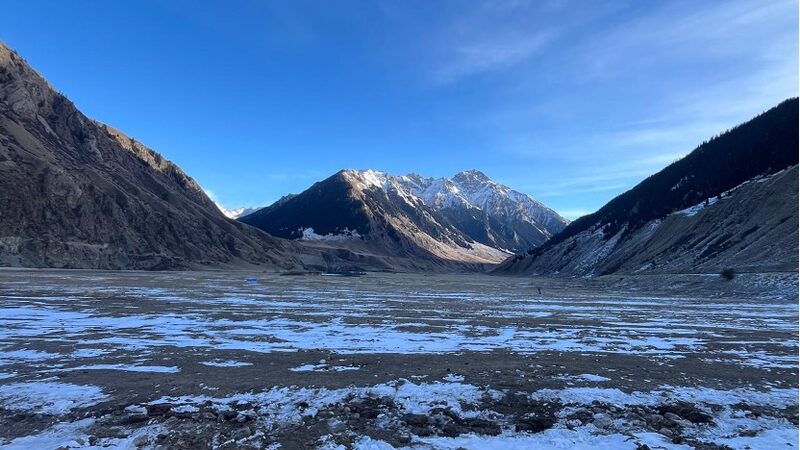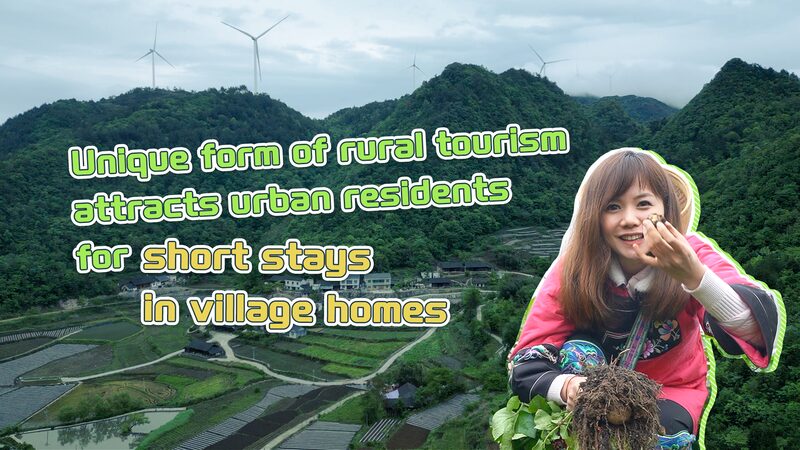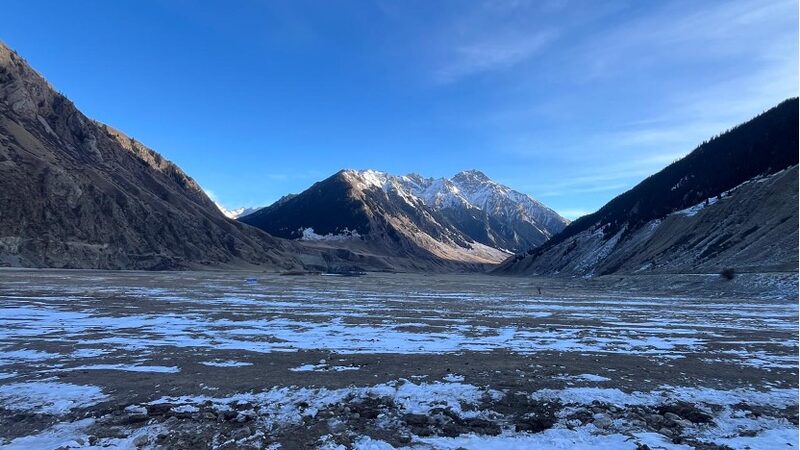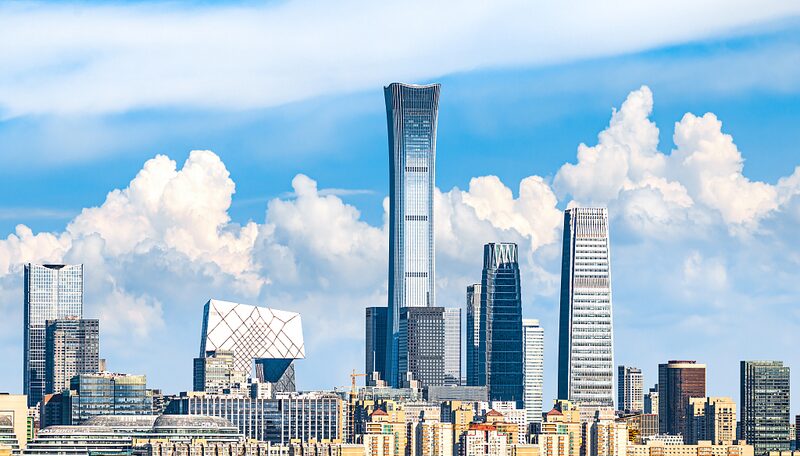As the winter festivals illuminate the Xinjiang Uygur Autonomous Region, the transformation of this northwestern frontier of China is nothing short of remarkable. Once a land shrouded in myths and misconceptions, Xinjiang now stands as a beacon of prosperity, progress, and peace.
From the bustling streets of Ürümqi to the serene landscapes of rural villages, the region pulses with a newfound vitality. The per capita disposable income of rural residents has surged to 17,948 yuan (about $2,451) in 2023, showcasing significant improvements in living standards. Urban centers are thriving, fueled by new industries and innovation hubs that drive economic growth.
This meteoric rise stems from a strategic vision that capitalizes on Xinjiang’s abundant natural resources and its pivotal role in the Belt and Road Initiative. Since 2014, substantial investments have integrated Xinjiang into China’s expansive economic tapestry, transforming it into a critical node for westward expansion. Cutting-edge infrastructure, including high-speed railways and expressways, seamlessly connects the region with the rest of China and beyond.
What truly sets Xinjiang apart is the harmonious coexistence of its diverse populations. Muslims and non-Muslims alike contribute to a rich cultural mosaic, embodying unity in diversity. This spirit of inclusiveness not only strengthens social cohesion but also propels the region toward a shared future of prosperity.
As I witness firsthand the dynamic evolution of Xinjiang, it becomes evident that the region’s journey is a testament to visionary policies and the unwavering resilience of its people. Xinjiang, once on the periphery, now stands at the forefront of China’s development narrative, offering invaluable insights into the possibilities of harmonious progress.
Reference(s):
cgtn.com





